Texas Snake Safety: How To Stay Safe From Snakes While Enjoying Texas Outdoors
By: The Kid’s Directory Family Resource Guide – Houston
March 2025 on www.kids-houston.com
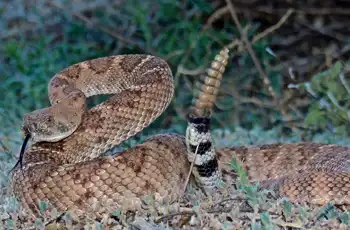
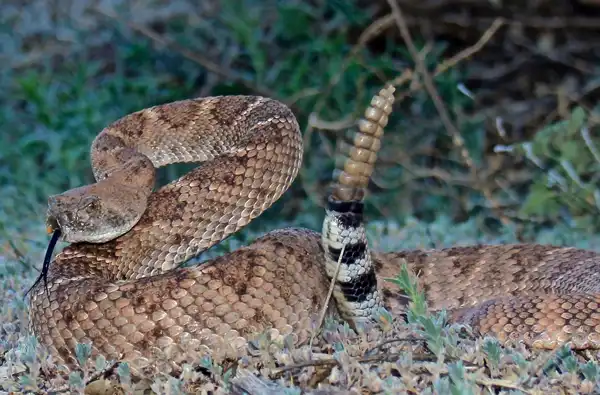
Texas Snake Safety
Understanding Texas Snakes
Overview of Common Species
In Texas, you will find a rich diversity of snake species, numbering over 100. Among these, the most prominent include the iconic rattlesnakes, copperheads, and the aquatic cottonmouths. Texas snakes occupy various habitats, from arid deserts to lush wetlands, contributing to the state’s vibrant ecosystems. You may encounter nonvenomous varieties such as bullsnakes and kingsnakes, which play vital roles in controlling rodent populations. Familiarizing yourself with these common species can bolster your confidence in identifying them when outdoors.
Venomous vs. Nonvenomous Snakes
Understanding the differences between venomous and nonvenomous snakes is critical for your safety. Venomous snakes in Texas, such as coral, copperheads, and rattlesnakes possess fangs that allow them to inject venom. Nonvenomous snakes, like the rat, kingsnake or rough earth snake, do not pose any medical threats. This distinction can often be identified by specific physical characteristics such as body shape, color patterns, and behavior. Remember, even though the majority of snakes you encounter will be harmless, maintaining awareness of the venomous varieties is crucial for ensuring your safety and that of your family.
Importance of Snakes in Ecosystems
Snakes play an integral role in the ecosystem, acting as both predators and prey. They help control populations of rodents, insects, and other small animals, thereby maintaining a balance in the environment. This makes them essential for the health of your local ecosystem. By understanding their ecological significance, you can appreciate the benefits of snakes and recognize that, despite their sometimes fear-inducing appearance, they are vital to the health of Texas landscapes.
Texas Snake Safety
Recognizing Venomous Snakes
Texas Snake Safety
Identifying Key Characteristics
To stay safe, you should learn how to identify the venomous snakes native to Texas. Most venomous snakes have distinct markings or color patterns.
For instance, rattlesnakes often have a rattling sound produced by the dried scales at the tip of their tail, which serves as a warning when they feel threatened. Copperheads feature a characteristic crossbanding pattern against a lighter-colored body. Practice recognizing these and other physical traits to avoid dangerous encounters.
Differences Between Pit Vipers
Pit vipers, which include copperheads, cottonmouths, and rattlesnakes, have a noticeable depression (a “pit”) between their eye and nostril. This unique feature is key in identifying them, as it helps these snakes sense heat from potential prey. Understanding these differences is crucial to safely enjoying the great outdoors while in Texas.
Coral Snakes and Their Markings
The coral snake is another venomous species that you should familiarize yourself with. It showcases a striking color pattern of red, yellow, and black bands. The rhyme “Red next to yellow, kills a fellow; red next to black, friend of Jacks” can help you remember the color patterns of venomous versus nonvenomous snakes. Despite their bright colors, coral snakes are reclusive and prefer to avoid human contact.
Common Rattlesnakes Found in Texas
In Texas, you might encounter several species of rattlesnakes, including the western diamondback, timber rattlesnake, and the prairie rattlesnake. Each has distinct markings and habitats, which can help you identify them. The western diamondback, for example, has dark rhomboid patterns on a lighter background. By studying these attributes, you will enhance your ability to recognize rattlesnakes and empower yourself during your outdoor activities.
Texas Snake Safety
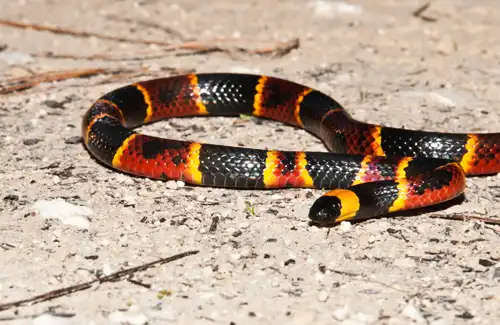
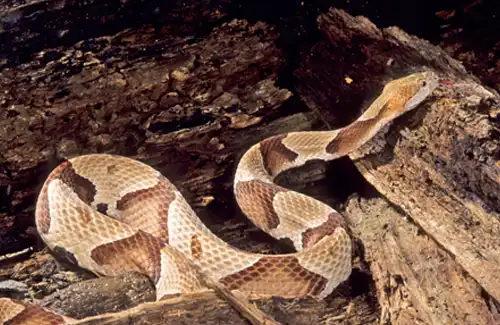
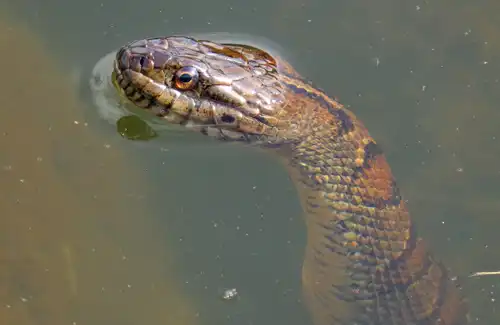
Understanding Snake Behavior in Texas
Texas Snake Safety
Seasonal Activity Patterns
Snakes in Texas are most active during warmer months, typically from spring through early fall. Understanding when they are most active can help you take preventive measures during these periods.
Natural Predators and Prey Relationships
Knowing the ecological dynamics can enhance your understanding of snake behavior. Snakes regulate populations of small rodents and insects, which in turn impacts various ecosystems.
Common Myths Surrounding Texas Snakes
Be wary of common misconceptions about snakes. These often contribute to unnecessary panic or harm. For instance, not all snakes are aggressive, and many pose little to no threat to humans.
Texas Snake Bite Statistics
Familiarize yourself with local statistics regarding snake bites. This information can help contextualize the risks associated with snakes and assist in developing informed responses to snake encounters.
By taking these guidelines into account, you can effectively manage snakes around your home or yard in Texas. Understanding their behavior, prevention methods, and how to respond will enhance safety for yourself and your family. Safety is paramount when coexisting with wildlife, and being prepared will enable you to enjoy your outdoor spaces confidently.
Texas Snake Safety
Precautions to Avoid Snake Encounters
Texas Snake Safety
Maintaining Your Yard
Keeping your yard safe from snakes is an essential preventative measure. Regularly mow the grass to minimize tall grass areas where snakes love to hide. Also, eliminate any potential snake habitats by removing piles of debris, rocks, or wood, which can attract not only snakes but also their prey, such as rodents. By creating a snake-unfriendly environment, you can significantly lower the chances of unwanted encounters.
Secure Your Home’s Perimeter
Seal any cracks and crevices in foundations, sidewalks, and doorways to deny entry to snakes.
Managing Food Sources for Pets and Wildlife
Avoid feeding pets outdoors and quickly clean up any leftover food. Bird feeders should also be maintained to minimize seed spills, which attract rodents and subsequently snakes.
Dangers of DIY Removal Methods: What to Avoid
Using DIY methods for snake removal, such as attempting to trap or use repellents, can prove ineffective and even dangerous. Many commercially sold snake repellents are marketed based on fear without scientific backing. If you encounter a snake, prioritize safety and contact a professional.
Texas Snake Safety – When to Call Wildlife Experts
For specific concerns or if the snake is venomous, do not hesitate to contact wildlife experts. They can safely assess the situation and remove the snake if necessary.
Are There Protected Snakes in Texas?
Texas law does protect certain species of snakes. It’s important to familiarize yourself with local regulations before attempting any removal.
Techniques for Encouraging Snakes to Leave
Sometimes snakes can be gently encouraged to exit your property. Using a water hose to spray near the snake can effectively lead it away without harm.
How to Protect Your Pets
Supervise pets when they are outside, especially in areas known to have a snake presence. Create a secure space for pets and avoid leaving them alone in gardens or yards.
Protective Clothing and Gear
Wearing protective clothing is another effective way to safeguard yourself from snake bites. Heavy-duty boots or snake-proof leggings will provide an additional layer of security while you are hiking or working outdoors. Be mindful when reaching into areas you cannot see, as snakes may be hiding in bushes or among tall grass.
Safe Outdoor Practices
Practicing caution while outdoors is vital for your safety as well. Always be attentive to your surroundings and avoid walking in dense brush while wearing flip-flops or sandals. Instead, wear sturdy shoes and avoid putting your hands in unknown areas, such as under rocks or inside hollow logs. Maintaining awareness and adopting safe outdoor practices can reduce your chances of encountering snakes in the wild.
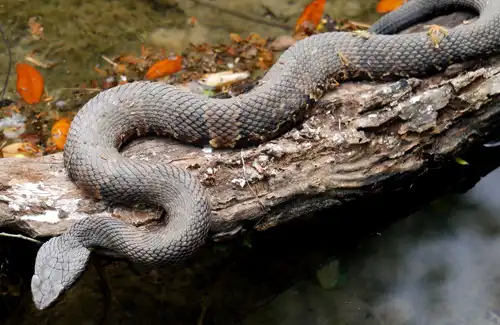
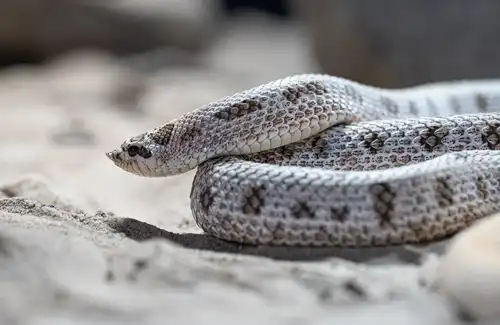
Responding to Snake Encounters
Texas Snake Safety
What to Do If You See a Snake
If you encounter a snake in your path, the best immediate action is to remain still. Snakes are generally not aggressive and prefer to retreat rather than engage. By allowing the snake to move away from you, both you and the snake can avoid a potentially dangerous encounter. If necessary, slowly and carefully back away, keeping your movements calm and deliberate.
Texas Snake Safety – Avoiding Snake Bites
Most snake bites occur when individuals approach or provoke snakes. To minimize your risk, stay calm and avoid sudden movements when you encounter a snake. Understanding snake behavior, such as their tendency to retreat, can also help you avoid bites. Remember to watch your step when hiking and take extra care in areas where snakes may be hiding.
Texas Snake Safety
First Aid for Snake Bites and Emergencies
In the unfortunate event that you or someone else sustains a snake bite, seeking immediate medical attention is critical. However, there are basic first aid steps you can take before professional help arrives. Keep the affected person calm and immobile, as movement can increase the spread of venom. Stay aware of the symptoms, which may include swelling, pain, and discoloration at the bite site. Avoid applying ice or a tourniquet, and do not attempt to suck out the venom. Promptly have the victim transported to a medical facility for evaluation and treatment.
By understanding their behavior, how to respond and knowing effective preventative measures against Texas snakes, you can safeguard yourself and your family while enjoying the beauty of the outdoors. Safety is paramount when coexisting with wildlife, and being prepared will enable you to enjoy your outdoor spaces confidently.
Texas Snake Safety References:
- List With Pictures & Facts, Snakes In Texas – Active Wild
- Snakes – Texas Parks & Wildlife Department
- Venomous Snake Safety – Texas Parks & Wildlife Department
- Snake Safety | Sugar Land, TX – Official Website
There are also many classes and courses to learn more about Texas Snake Safety.
Related Blog Articles:
For Spring & Summer Camps and Activities:
The KD Family Resource Guide!
The Kid’s Directory is the one-stop family resource for Houston & surrounding areas. Providing the best schools, after-school activities, field trips, Spring & Summer Camps and activities, ABA Therapies, medical services, pediatric & family dentistry, museums, libraries, everything for birthday parties, holiday activities & events, festivals, and so much more!
We not only provide resources in Houston but south to Galveston, west to Rosenberg & north to College Station. Resources not only for kids & families but also for those with kids looking for some much needed “me time”.
Need to take a break from the routine to have some fun and create lasting memories? Check our Calendar Of Events for constantly updated fun and exciting activities & events for your kids and family.
We are always updating resources, adding more options & even creating new sections on our website for more resources. So be sure to check back often or just come hang out to read a blog.
The Kid’s Directory is Houston & the surrounding area’s most respected and trusted family resource guide that can ease your life. It covers all the different activities available for families with children of all ages. Ranging from activities, spring/summer & winter camps, academics, pediatricians, dentists, therapy, events to sports, other cognitive activities and more. Follow us on Facebook and Instagram.
© The Kid’s Directory. Accessing this content you agree to our disclaimer/terms & conditions.






